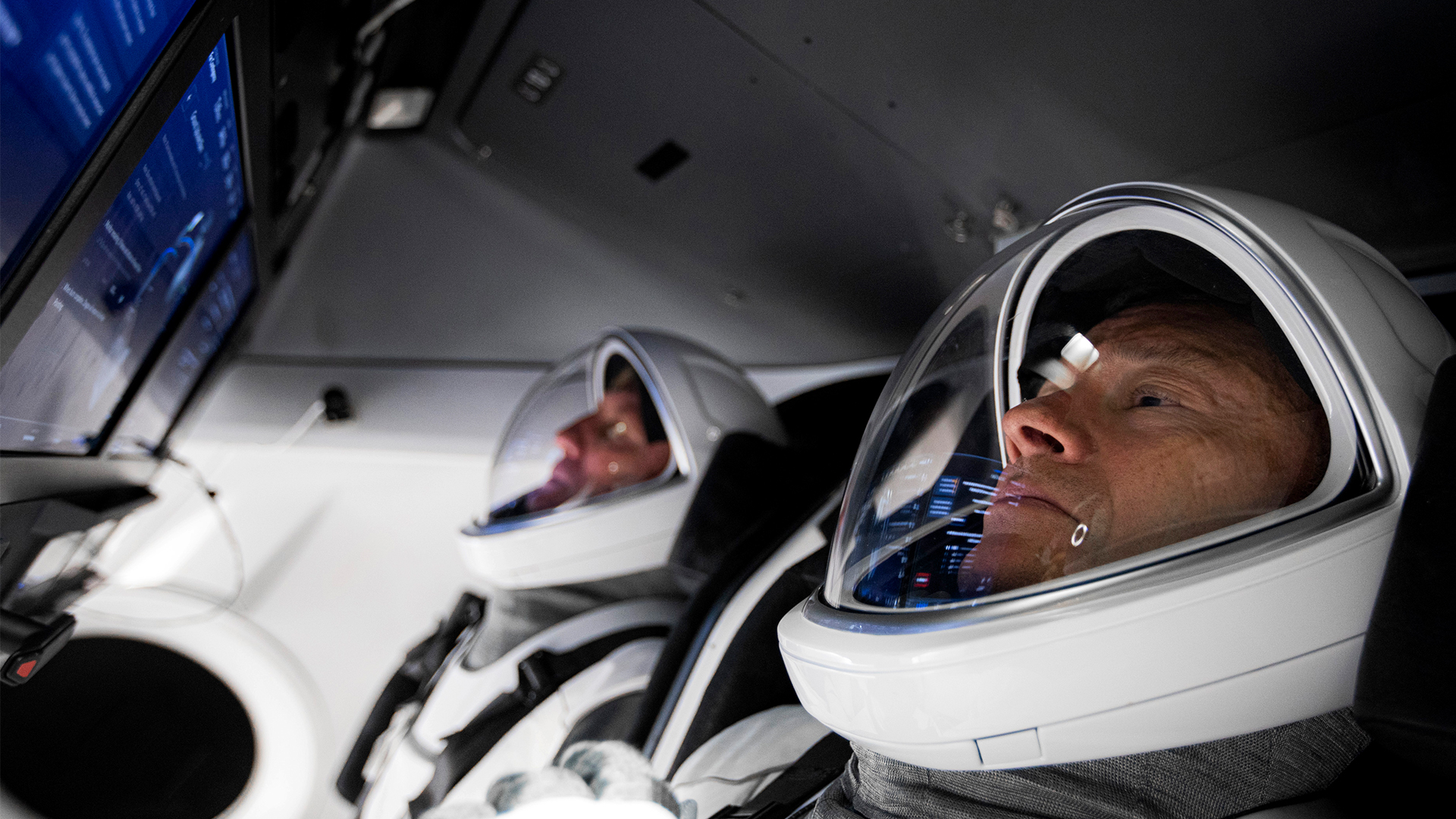
NASA, SpaceX and AxiomSpace, Inc., have concluded the Flight Readiness Review (FRR) for the Ax-1 mission—the first fully private crewed visit to the International Space Station (ISS)—which is now targeted to launch no sooner than Sunday, 3 April. Commander Mike Lopez-Alegria, Pilot Larry Connor and Mission Specialists Mark Pathy and Eytan Stibbe will ride a five-times-used Falcon 9 booster from historic Pad 39A at the Kennedy Space Center (KSC) in Florida. Their ten-day voyage will see them spend eight days living and working alongside the station’s incumbent Expedition 67 crew. Twenty-five science, education and outreach investigations spanning 100 hours of research are planned during Ax-1, which will use the three-times-flown Dragon Endeavour spacecraft.
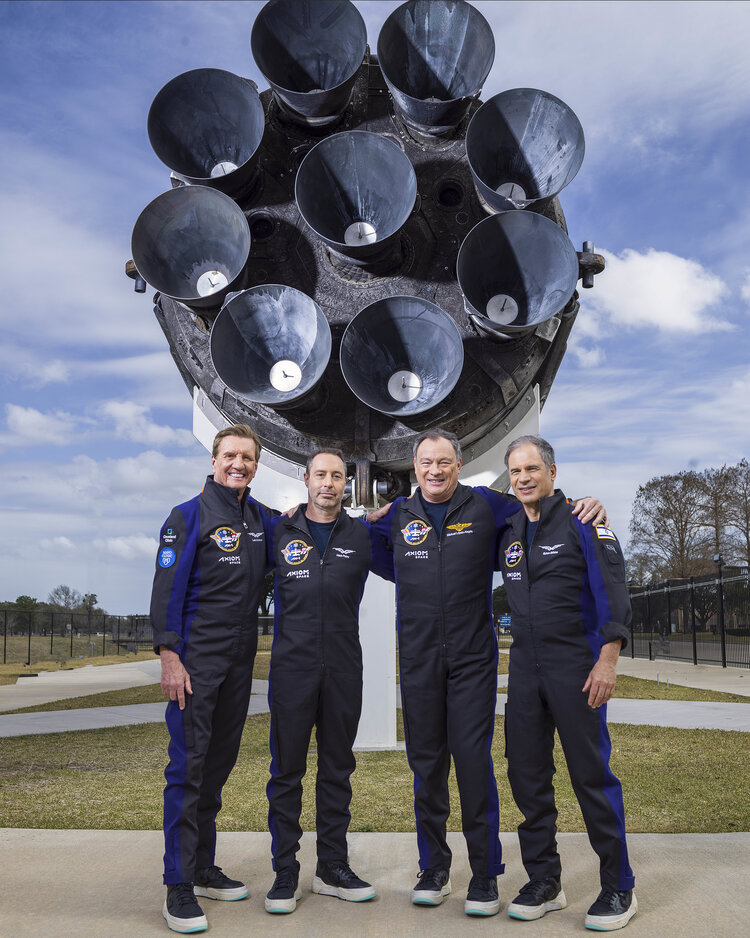
Making his fifth spaceflight, Lopez-Alegria is a former NASA astronaut, with three shuttle flights, one long-duration ISS increment and more spacewalking time—67 hours and 40 minutes, across ten sessions of Extravehicular Activity (EVA)—than any other U.S. citizen. He is now a senior executive for Houston, Texas-based AxiomSpace and in January 2021 was assigned to command Ax-1, the first of at least four fully private Crew Dragon missions to the ISS through 2023.
Joining Lopez-Alegria are Larry Connor, a New York-born entrepreneur and non-profit activist investor, plus Canadian investor and philanthropist Mark Pathy and Israeli impact investor, philanthropist and former fighter pilot Eytan Stibbe.
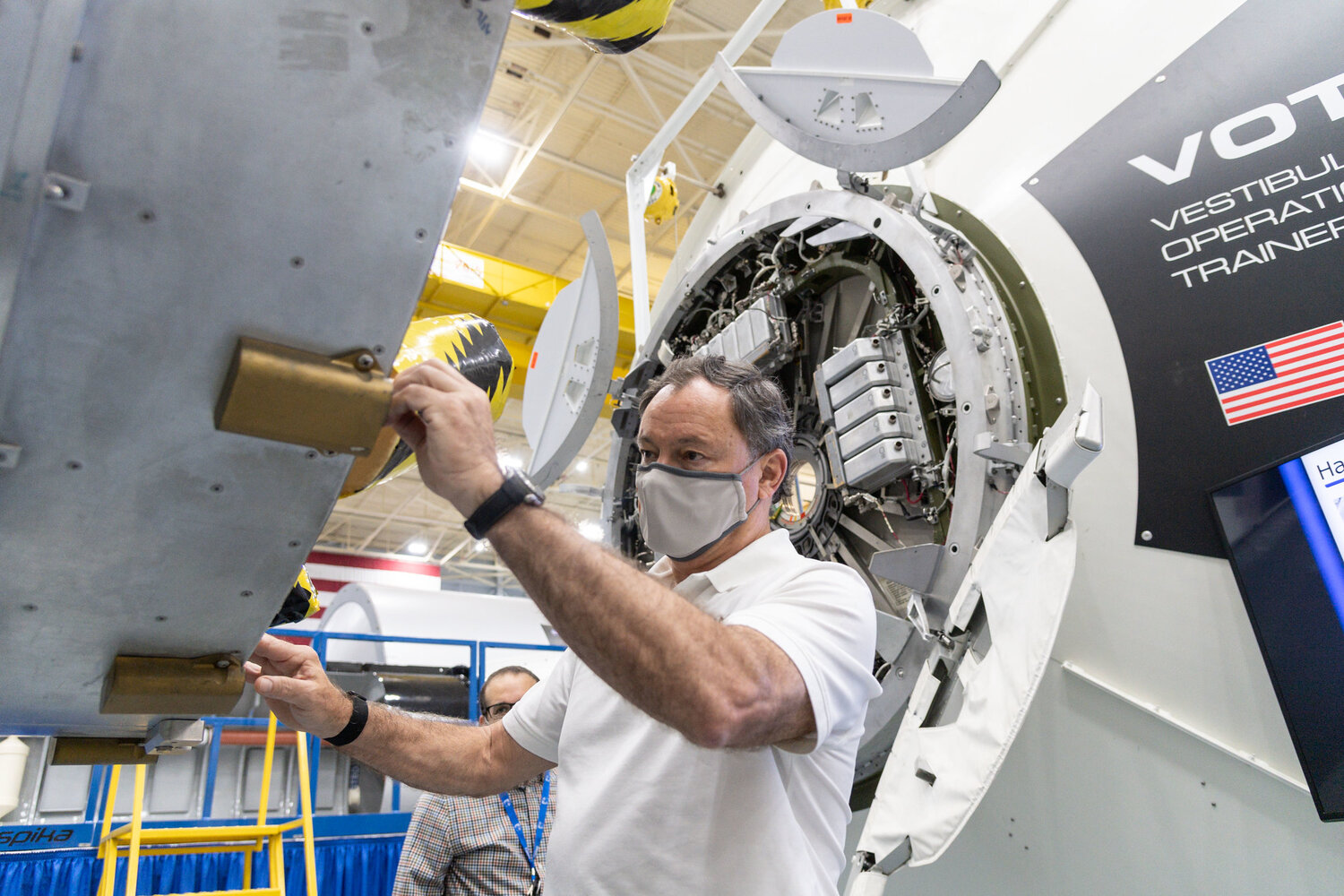
Originally targeted to launch in February, before being postponed to 30 March and ultimately the first weekend of April, Ax-1 was pushed back to ensure the flight readiness of Endeavour for her third orbital voyage. She first flew back in May 2020, when she ferried Demo-2 astronauts Doug Hurley and Bob Behnken to the ISS, returning U.S. astronauts to space, aboard U.S. vehicles, and from U.S. soil, for the first time since the end of the Space Shuttle Program. Endeavour—named in honor of the shuttle which both Hurley and Behnken flew on the first missions of their respective astronaut careers—returned safely to Earth the following August after 64 days, completing the first water landing of a U.S. crewed orbital vehicle since the Apollo era.
Eight months after her homecoming from Demo-2, Endeavour launched again in April 2021 for the Crew-2 long-duration mission to the ISS. Crewed by U.S. astronauts Shane Kimbrough and Megan McArthur, plus Frenchman Thomas Pesquet of the European Space Agency (ESA) and Aki Hoshide of the Japan Aerospace Exploration Agency (JAXA), Crew-2 spent 199 days in orbit. With the completion of her second mission, last November, Endeavour wrapped up the longest single mission by any U.S. crew-carrying orbital spacecraft. When she launches on 3 April with Lopez-Alegria, Connor, Pathy and Stibbe, she will become the first Crew Dragon vehicle to log a third mission.
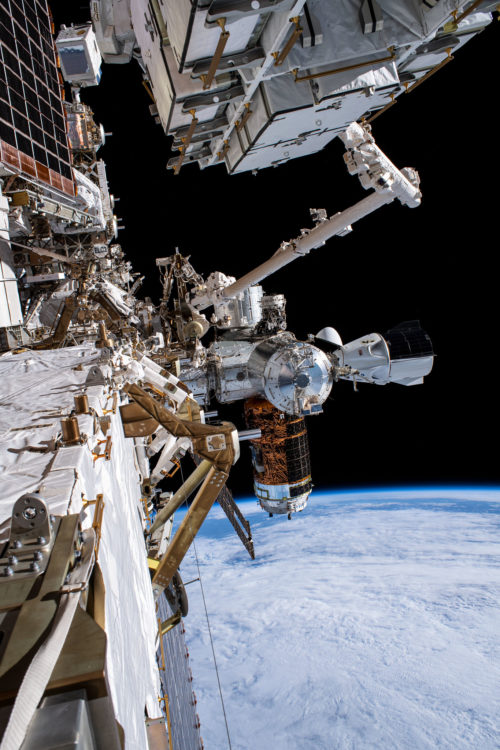
Early plans considered using Dragon Resilience—which has two flights to her credit—for Ax-1 but was subsequently reassigned to Dragon Endeavour. This was apparently due to the presence of the “cupola” window in place of the ISS docking mechanism on Resilience’s most recent flight, last September’s Inspiration4. It proved easier to utilize Endeavour, with her docking adapter still in place following Crew-2, rather than reconfigure Resilience from her non-ISS Inspiration4 flight to a dedicated ISS mission.
But Endeavour is not the only frequent-flyer on Ax-1; so too is her Falcon 9 core stage, which will be making its fifth launch. First flown in November 2020, the B1062 core delivered a pair of Block III Global Positioning System (GPS) navigation and timing satellites into Medium Earth Orbit (MEO) for the U.S. Space Force, then lifted the four-person Inspiration4 crew to low-Earth orbit aboard Dragon Resilience last September and 49 Starlink internet communications satellites in January 2022.
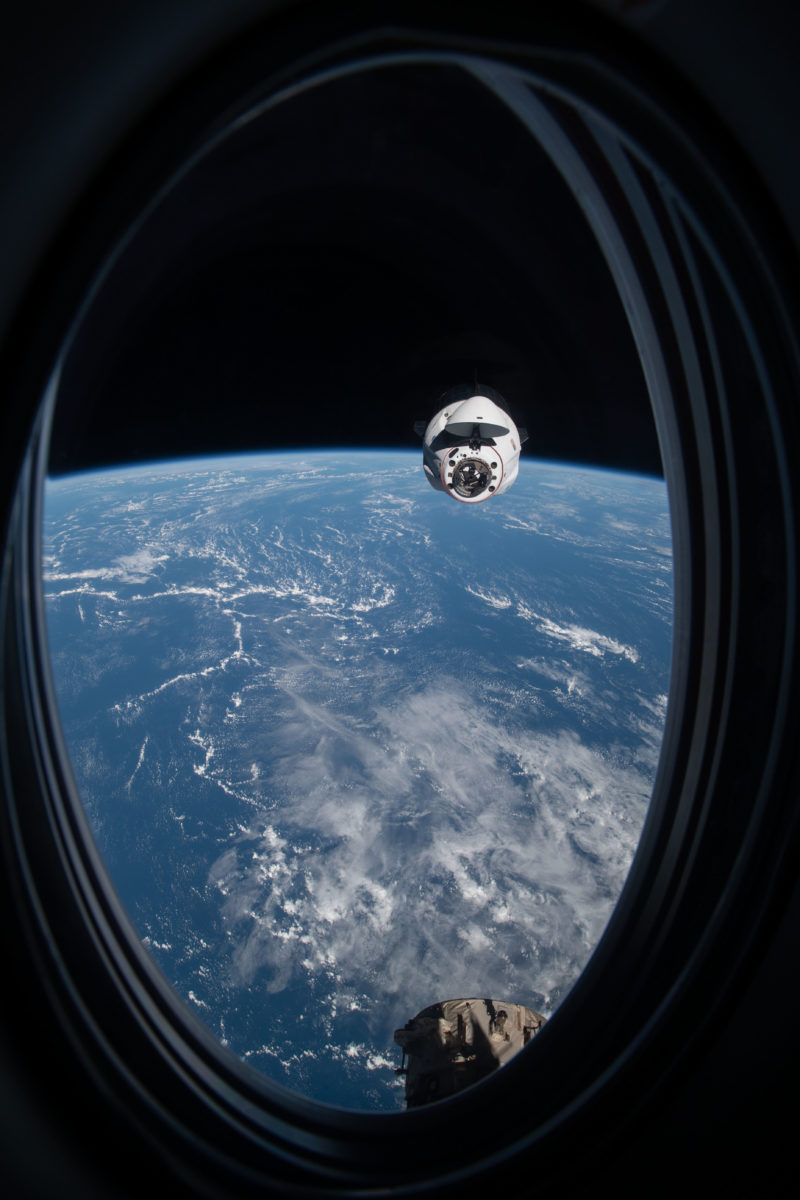
As such, the Ax-1 crew will fly atop the most-flown Falcon 9 core. Hurley and Behnken rode a brand-new booster for their historic mission, as did Crew-1 in November 2020, but last year’s Crew-2 and Crew-3 both used Falcon 9 cores which had flown once before. Last September’s Inspiration4 was the first crewed mission to use a three-times-used Falcon 9, with the upcoming Crew-4 in April due to fly B1067 on its fourth launch.
And timeframe between the return of Ax-1 on 13 April and the targeted 19 April launch of Crew-4 astronauts Kjell Lindgren, Bob “Farmer” Hines and Jessica Watkins of NASA, together with Italy’s Samantha Cristoforetti, aboard Dragon Freedom, promises to create one of the shortest intervals between a landing and launch of a U.S. crewed orbital vehicle since the shuttle era. The current record elapsed between the return of shuttle Atlantis from STS-71 on 7 July 1995 and the launch of her sister ship Discovery on STS-70 a mere five days, 22 hours and 46 minutes later on the 13th.
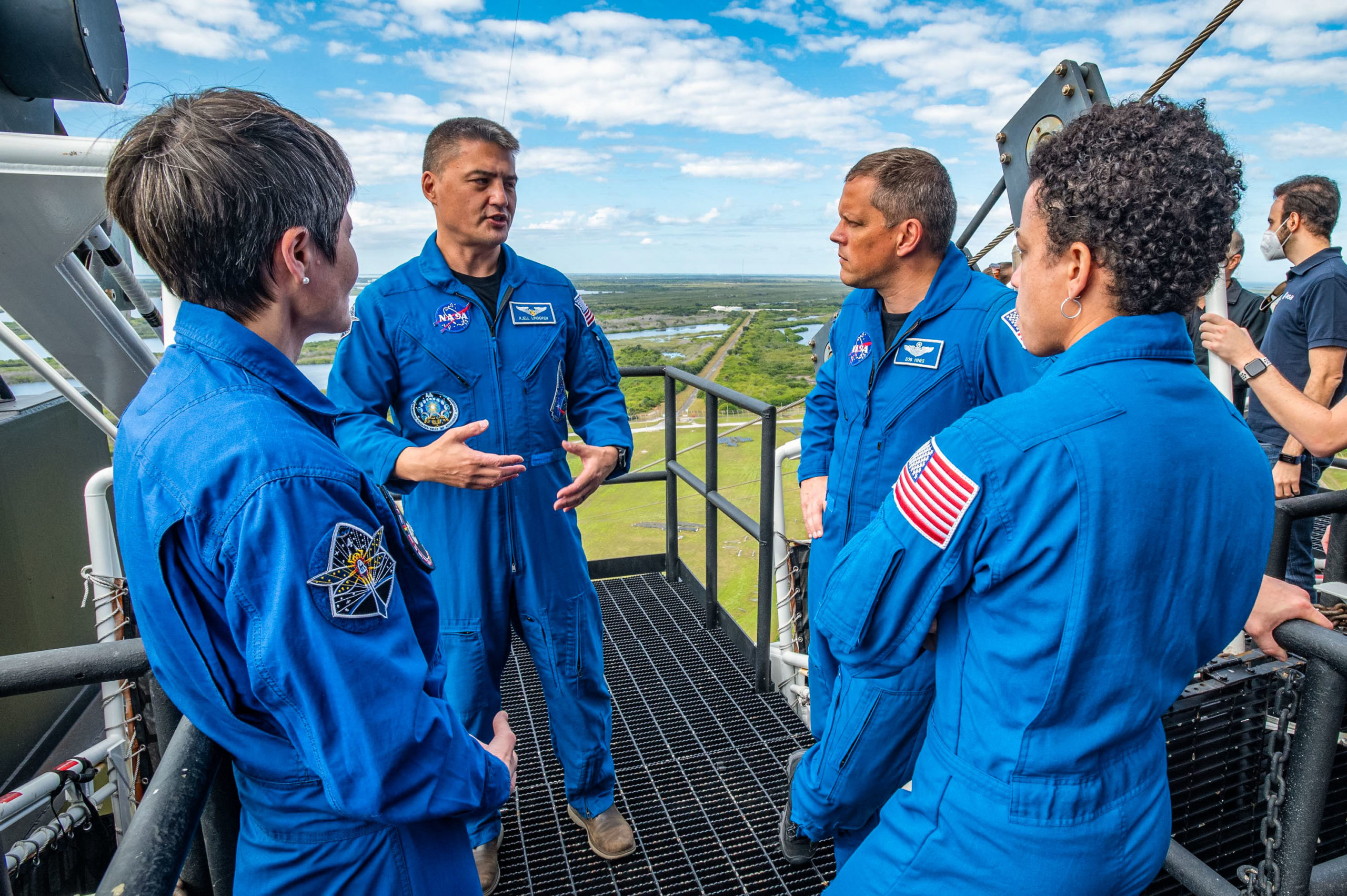
In a media teleconference Friday, NASA, SpaceX and AxiomSpace managers outlined the need for a gap of two days between the Ax-1 undocking and the Crew-4 launch. It was stressed that undocking is a key variable, particularly in light of splashdown weather. But confidence was expressed that teams have six or seven days—up to 8/9 April—to get Ax-1 launched and on its way to the ISS. It was noted that a high-beta solar event on 10 May requires the return of Crew-3 astronauts Raja Chari, Tom Marshburn, Kayla Barron and Matthias Maurer before that time.
Aboard the station, the Ax-1 crew has trained extensively on the systems with which they will directly interact, but it was highlighted that Lopez-Alegria is a former “professional” NASA astronaut. Access to other areas of the station, such as the Russian Operational Segment (ROS), is understood to hinge upon “invitation”, such as joint meals, which is “very much managed by the on-board crew”.
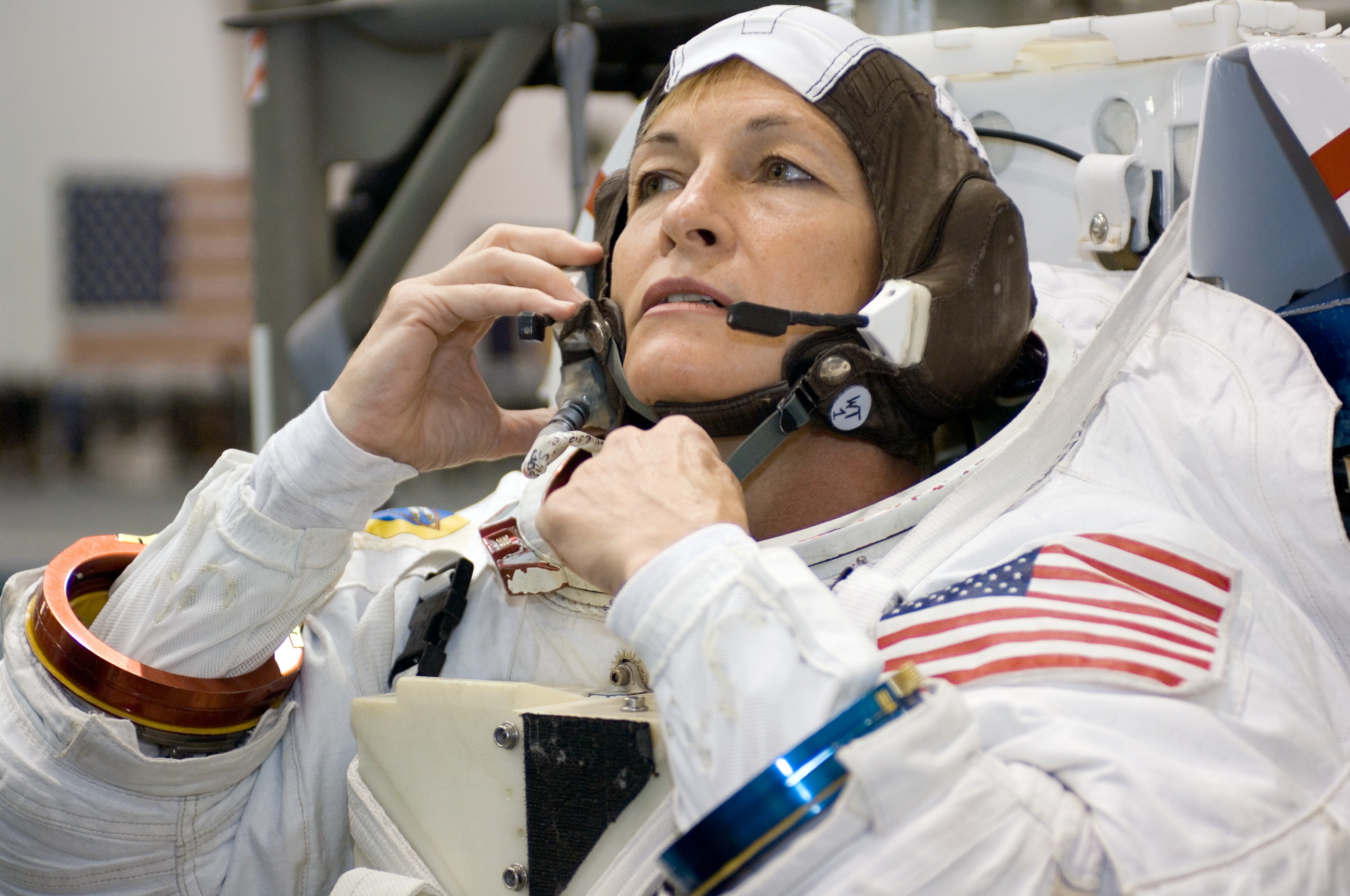
Friday’s teleconference also furnished additional details about the next several AxiomSpace missions to the ISS, with Ax-2 currently targeted as a ten-day mission in early 2023. Commanded by former NASA astronaut and the first female ISS commander Peggy Whitson—now director for human spaceflight at AxiomSpace—it also includes pilot John Shoffner and a pair of “open” seats. It was stressed that several potential customers are ready to sign up for seats but are awaiting the success of Ax-1 before offering their commitment and their signatures.
Moving forward, the Ax-3 and Ax-4 missions in 2023 are expected to run for up to 30 days apiece, as AxiomSpace looks ahead to the launch of its first major pressurized module—the first “Axiom Hub”, containing four crew quarters and “volume to accommodate research and manufacturing applications”—at some stage in 2024.
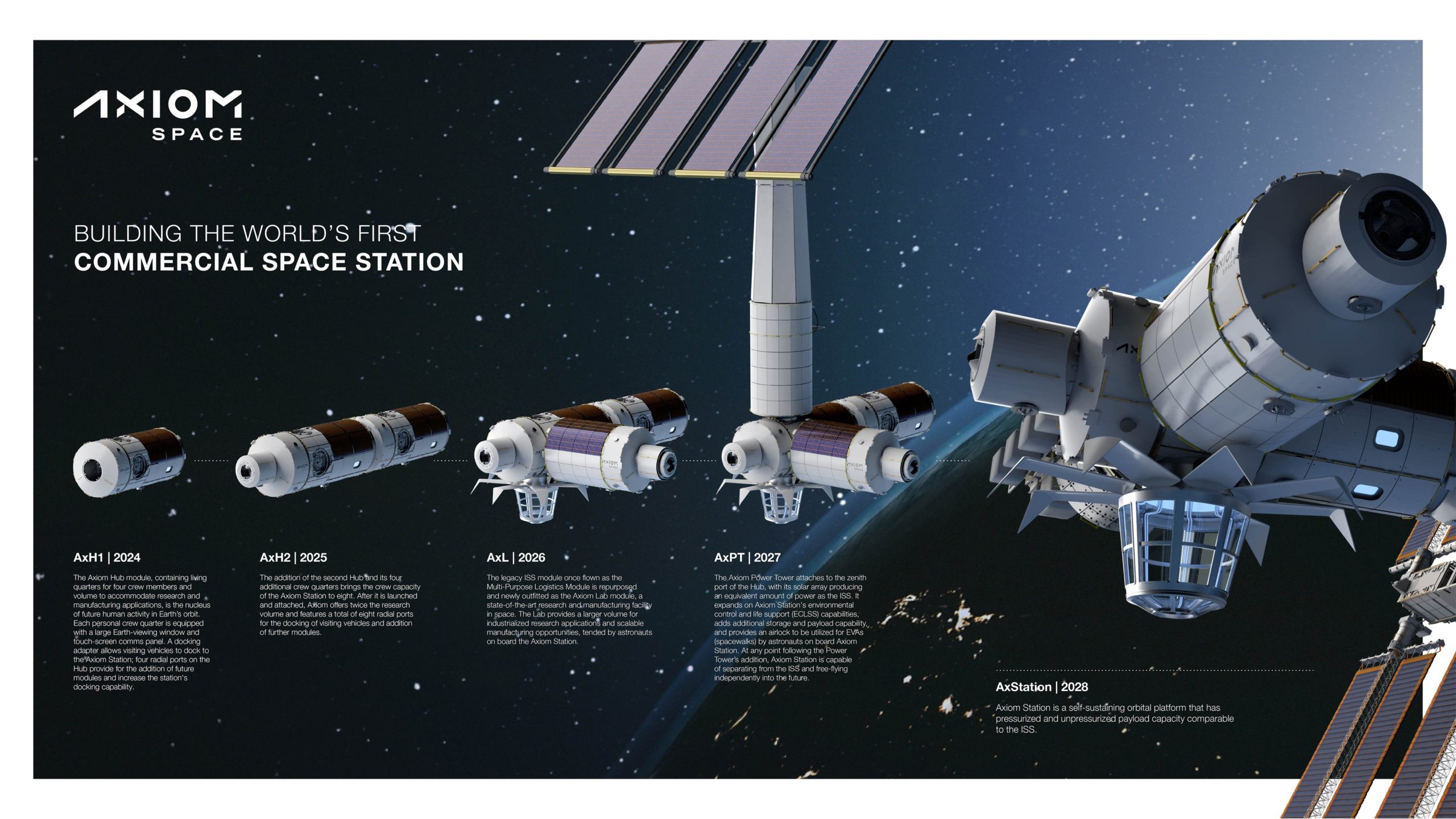
Last fall, prime contractor Thales Alenia Space completed the Manufacturing Readiness Review for the first Axiom Hub module. This enabled teams to press ahead with welding operations on the hub’s cone panels. When fully assembled, the first Axiom Hub will measure about 36 feet (11 meters) in length and 13.8 feet (4.2 meters) in diameter at its widest point. To put that into context, the largest single ISS module is Japan’s Kibo lab, which measures 36.7 feet (11.2 metres) long. Current plans call for the first Axiom Hub to complete its manufacturing process later in 2022, followed by integration and testing operations and delivery to NASA early next year for outfitting.
By the time that first module is activated, and certainly by the time of the second module’s arrival, no sooner than 2025, AxiomSpace expects to “go to full-time” with at least one dedicated company crew members aboard the station. That second module is the second Axiom Hub, which will double the number of crew quarters to eight, double the nascent lab’s research volume and double the number of radial docking ports to eight.




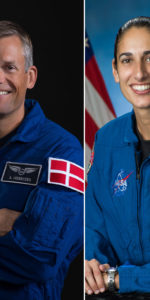
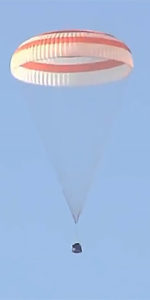
3 Comments
3 Pings & Trackbacks
Pingback:Vande Hei, Crewmates Back Home After Longest Single U.S. Human Space Mission - AmericaSpace
Pingback:Transporter-4 Kicks Off Ambitious April for SpaceX - AmericaSpace
Pingback:Dragon Endeavour Splashes Down, Concludes Historic Ax-1 Mission - AmericaSpace